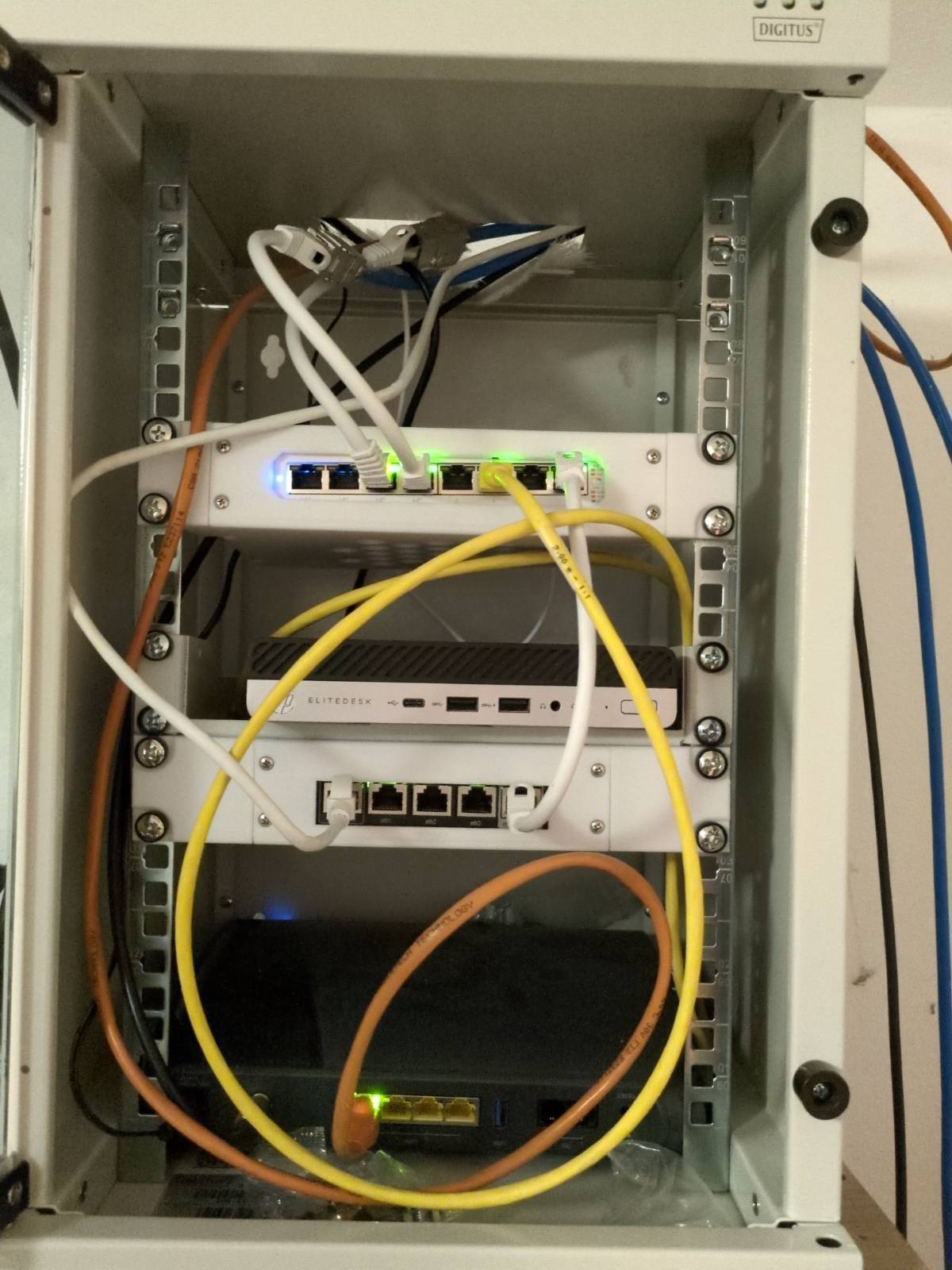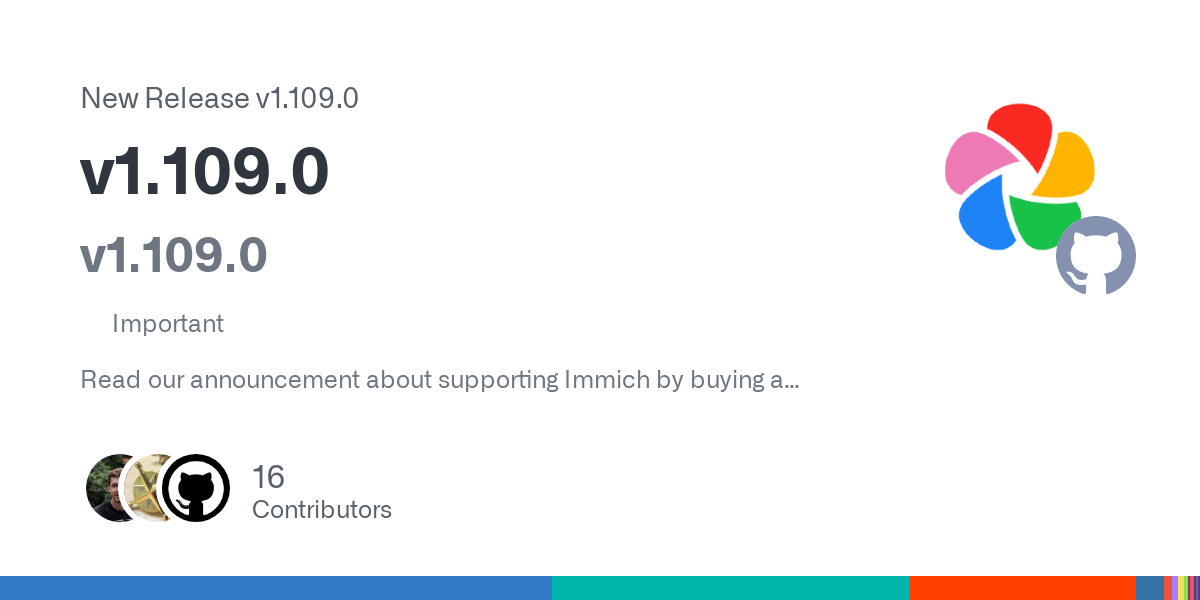

I can and do self host, but I’m not willing to provide these services for free. I don’t want to be responsible for other peoples passwords or family photos.
Thats where good, privacy-respecting services come into play. Instead of hosting for my neighbours, I would recommend mailbox.org, bitwarden, ente or a hosted nextcloud.


There is no way to be 100% sure, but: